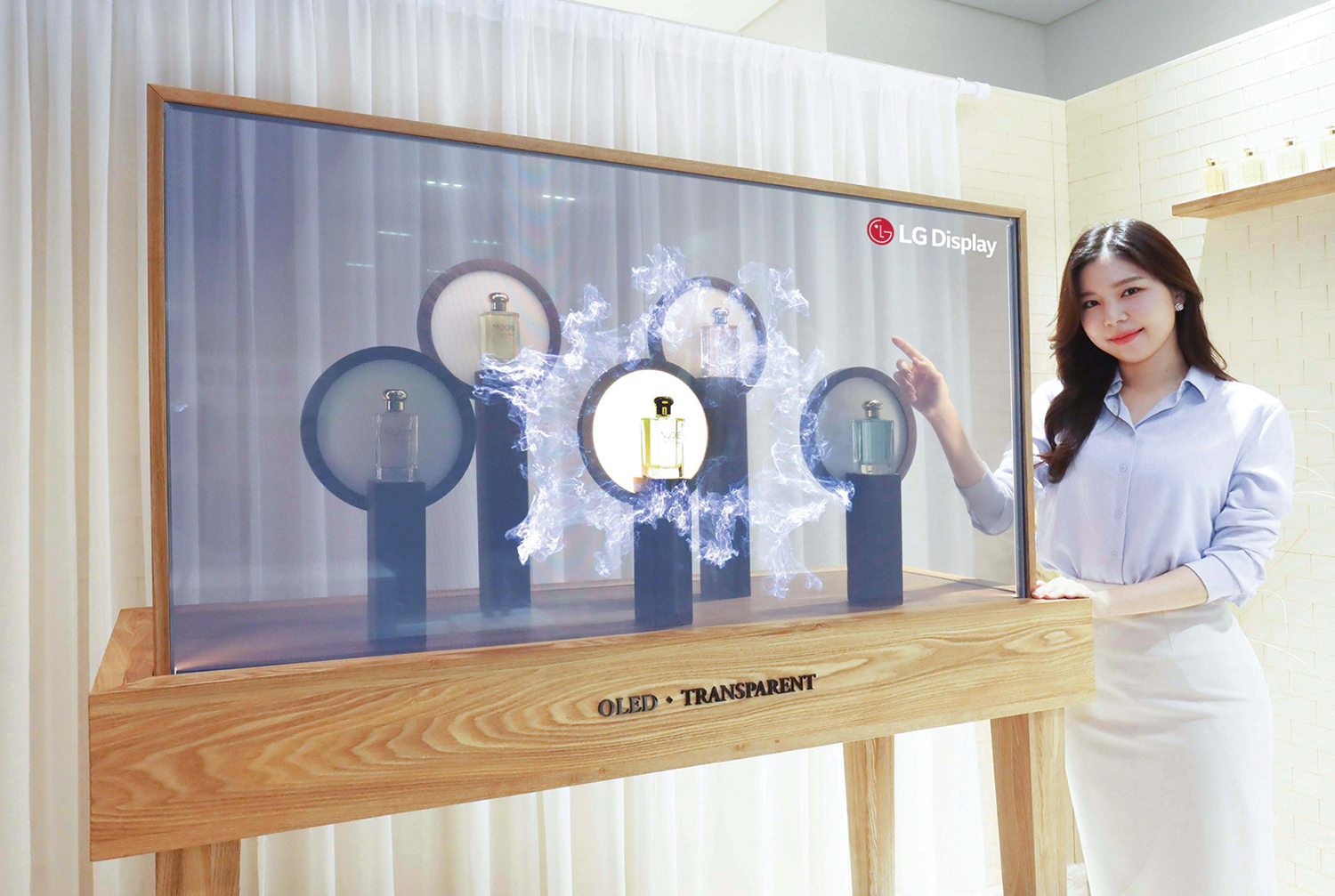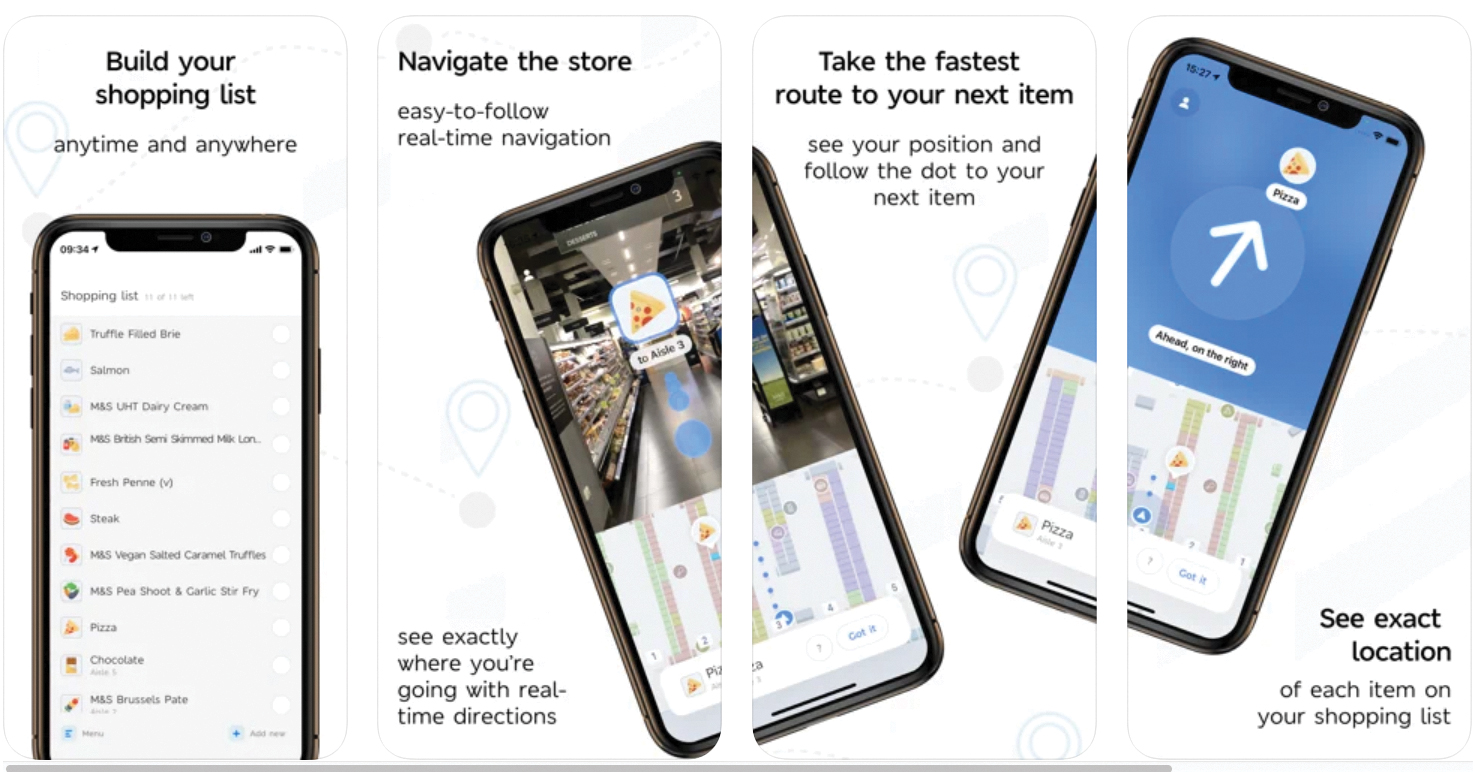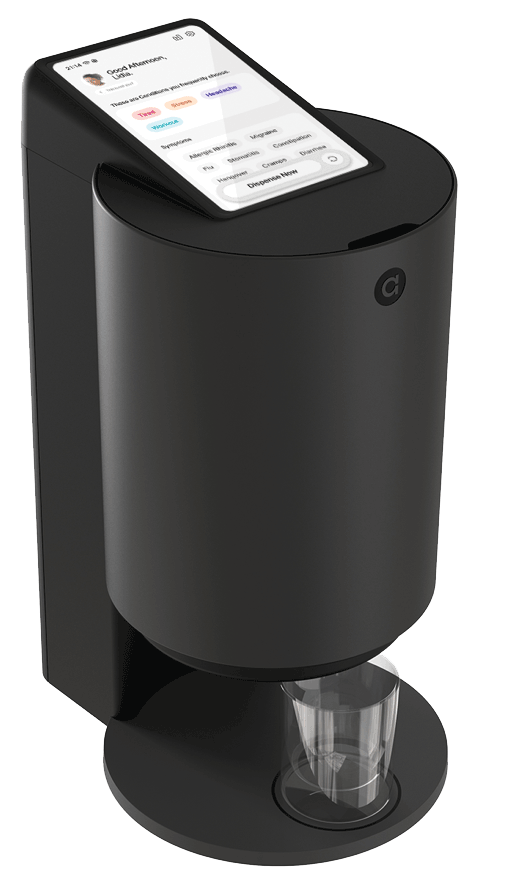Solutions & Innovations: Delivery with Robomart and Uber Connect



In January, Santa Monica, California-based Robomart announced that the company was issued patent #11227270 for the “one-tap store-hailing and seamless checkout-free technology” that is used in its delivery service, billed as “the first store that comes to you.” Robomart operates a fleet of on-demand, mobile mini-marts in six specialties: grocery, snacks, pharmacy, cafe, ice cream and fast food. A shopper armed with the company’s proprietary app can hail a Robomart to their location. When it arrives, the shopper simply swipes across the app to open the vehicle’s door. At this point, the shopper has access to an RFID-based, checkout-free system, and after picking whatever items are desired, simply walks away.

Might a culling of shopping apps be in the near future? In March, General Motors began winding down its Marketplace app, an onboard tool launched in 2017 that lets drivers buy things through their dashboard’s infotainment system. GM did not say why it was discontinuing the app, which had been placed in millions of vehicles. Media reports quoted an anonymous GM engineer who revealed that active user rates were in the mere “thousands.” The Marketplace app had an ambitious roster of brand partners offering dashboard access to gas (Shell, ExxonMobil), merchandise (Delivery.com) food (Starbucks, Dunkin’ Donuts, Wingstop, TGI Fridays, Applebee’s, IHOP), and services like Priceline.com and Parkopedia.

Seoul, South Korea-based LG Display recently introduced its newest “transparent OLED solutions.” One of the introductions was for the “Shopping Managing Showcase,” a transparent monitor inside a wooden display stand that positions animations, information and other graphics in front of merchandise. A second, related concept is the “Show Window,” which combines four 55-inch transparent OLED displays in a massive advertising screen best suited, presumably, for store windows. The technology can also be used for video-conferencing, presentations and entertainment.


London-based Marks & Spencer (M&S) launched an augmented reality (AR) shopping app called “List & Go” in January. The app, which was developed for M&S by Dent Reality, can be used to navigate aisles and, through an AR filter on a smartphone camera, indicate fairly precisely where specific items are located on shelves. Using a live shopping-list-management feature, the app organizes the day’s trip. Users are instructed to follow the blue dots and turn-by-turn directions on the screen, which (it is claimed) map the fastest route to each item. List & Go relies on a scalable indoor mapping system and indoor-positioning technology.

Confused by the “metaverse,” the conceptual network of 3-D/virtual worlds awash in non-fungible tokens (NFTs) and cryptocurrencies? You’re not alone, which is why in late January, Chicago/London-based Eyekandy, an AR provider, launched the “MetaStore service” for retailers and brands. Eyekandy is positioning the MetaStore as a way for businesses to deploy custom stores and sales campaigns in the metaverse to sell digital goods, such as NFTs, and do it without getting bogged down doing test-and-learns on “all things metaverse.”


In January, Tokinomo — an interactive in-store brand activation startup — raised a total of $1.7 million to further its global expansion. The company, which is based in New York and Bucharest, Romania, builds and distributes a sensor-controlled robotic P-O-P display for CPG products in grocery stores in more than 40 countries. Last fall, a viral video out of Bolivia for Nestle’s Maggi soup showed Tokinomo in action; a “singing soup pot” endcap used a motion-activated Tokinomo mechanism to rhythmically lift a pot lid in sync with music and vocals. The company claims sales lifts of more than 200% on average.

